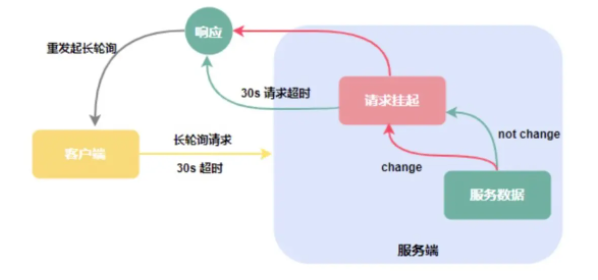Advantages of using NullWritable in Hadoop(在 Hadoop 中使用 NullWritable 的优势)
问题描述
对 null 键/值使用 NullWritable 比使用 null 文本(即 new Text(null)).我从《Hadoop:权威指南》一书中看到以下内容.
What are the advantages of using NullWritable for null keys/values over using null texts (i.e. new Text(null)). I see the following from the «Hadoop: The Definitive Guide» book.
NullWritable 是 Writable 的一种特殊类型,因为它具有零长度序列化.无字节被写入流或从流中读取.它用作占位符;例如,在MapReduce,一个键或者一个值在不需要的时候可以声明为NullWritable使用那个位置——它有效地存储了一个常量空值.NullWritable 也可以当您想要存储值列表时,可用作 SequenceFile 中的键,而不是到键值对.它是一个不可变的单例:可以通过调用来检索实例NullWritable.get()
NullWritableis a special type ofWritable, as it has a zero-length serialization. No bytes are written to, or read from, the stream. It is used as a placeholder; for example, in MapReduce, a key or a value can be declared as aNullWritablewhen you don’t need to use that position—it effectively stores a constant empty value. NullWritable can also be useful as a key inSequenceFilewhen you want to store a list of values, as opposed to key-value pairs. It is an immutable singleton: the instance can be retrieved by callingNullWritable.get()
我不清楚如何使用 NullWritable 写出输出?会不会在开始的输出文件中有一个常量值表示这个文件的key或者value是null,这样MapReduce框架就可以忽略读取nullkeys/值(以 null 为准)?另外,null 文本实际上是如何序列化的?
I do not clearly understand how the output is written out using NullWritable? Will there be a single constant value in the beginning output file indicating that the keys or values of this file are null, so that the MapReduce framework can ignore reading the null keys/values (whichever is null)? Also, how actually are null texts serialized?
谢谢,
文卡特
推荐答案
键/值类型必须在运行时给出,所以任何写或读 NullWritables 的东西都会提前知道它将是处理该类型;文件中没有标记或任何内容.从技术上讲,NullWritables 是读取"的,只是读取"一个 NullWritable 实际上是无操作的.你可以亲眼看到根本没有写或读:
The key/value types must be given at runtime, so anything writing or reading NullWritables will know ahead of time that it will be dealing with that type; there is no marker or anything in the file. And technically the NullWritables are "read", it's just that "reading" a NullWritable is actually a no-op. You can see for yourself that there's nothing at all written or read:
NullWritable nw = NullWritable.get();
ByteArrayOutputStream out = new ByteArrayOutputStream();
nw.write(new DataOutputStream(out));
System.out.println(Arrays.toString(out.toByteArray())); // prints "[]"
ByteArrayInputStream in = new ByteArrayInputStream(new byte[0]);
nw.readFields(new DataInputStream(in)); // works just fine
关于new Text(null)的问题,你可以再试一试:
And as for your question about new Text(null), again, you can try it out:
Text text = new Text((String)null);
ByteArrayOutputStream out = new ByteArrayOutputStream();
text.write(new DataOutputStream(out)); // throws NullPointerException
System.out.println(Arrays.toString(out.toByteArray()));
Text 根本无法使用 null String.
这篇关于在 Hadoop 中使用 NullWritable 的优势的文章就介绍到这了,希望我们推荐的答案对大家有所帮助,也希望大家多多支持编程学习网!
本文标题为:在 Hadoop 中使用 NullWritable 的优势


- Java包名称中单词分隔符的约定是什么? 2022-01-01
- 将log4j 1.2配置转换为log4j 2配置 2022-01-01
- Eclipse 插件更新错误日志在哪里? 2022-01-01
- value & 是什么意思?0xff 在 Java 中做什么? 2022-01-01
- Jersey REST 客户端:发布多部分数据 2022-01-01
- C++ 和 Java 进程之间的共享内存 2022-01-01
- Spring Boot连接到使用仲裁器运行的MongoDB副本集 2022-01-01
- Safepoint+stats 日志,输出 JDK12 中没有 vmop 操作 2022-01-01
- 如何使用WebFilter实现授权头检查 2022-01-01
- 从 finally 块返回时 Java 的奇怪行为 2022-01-01





